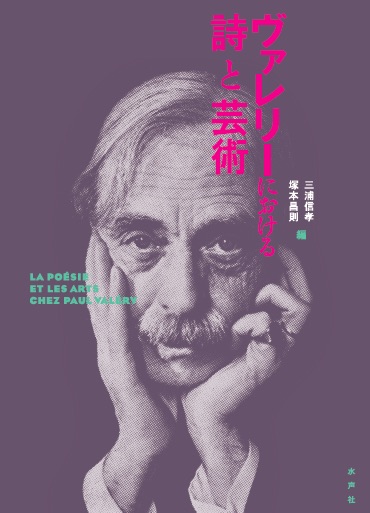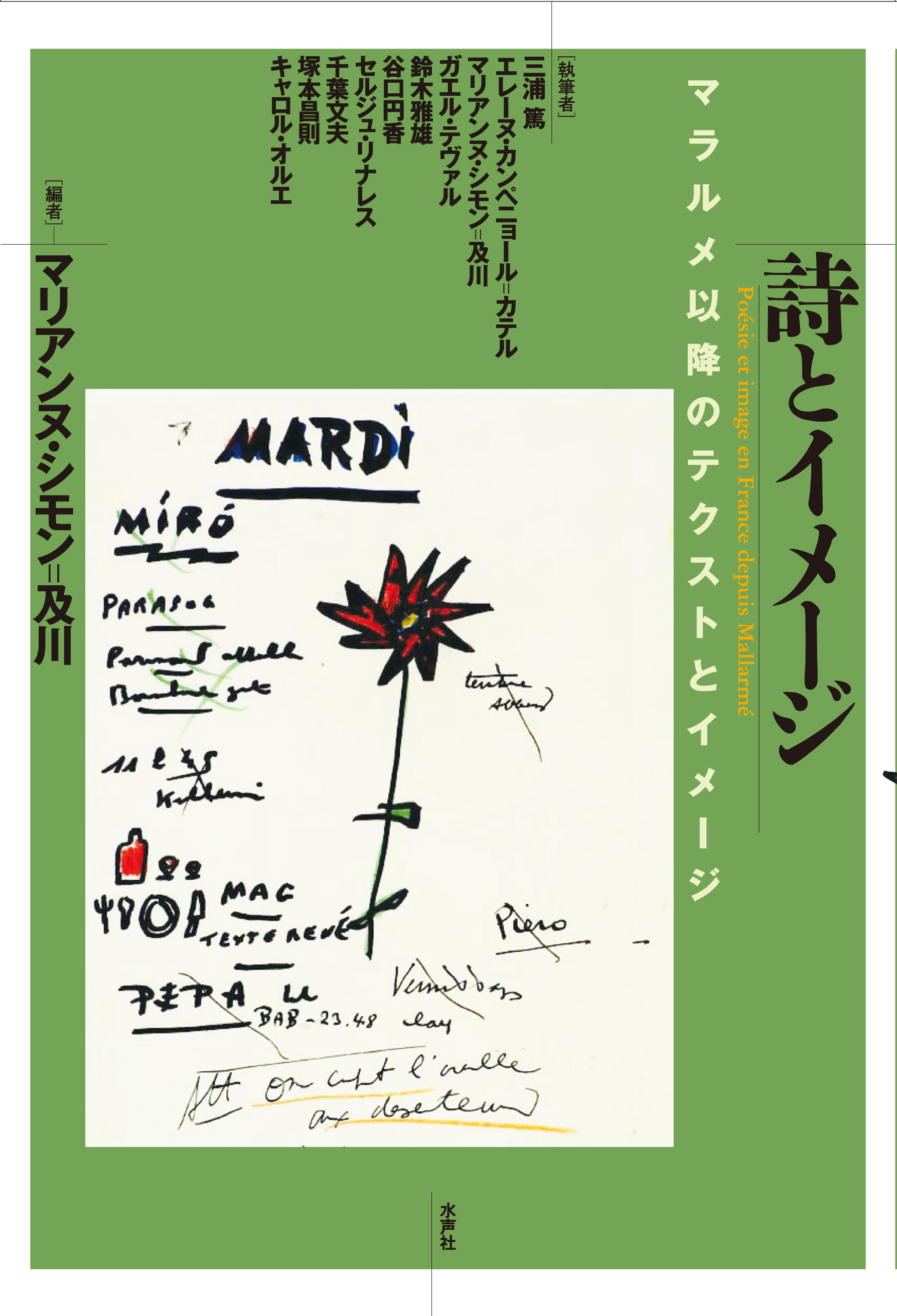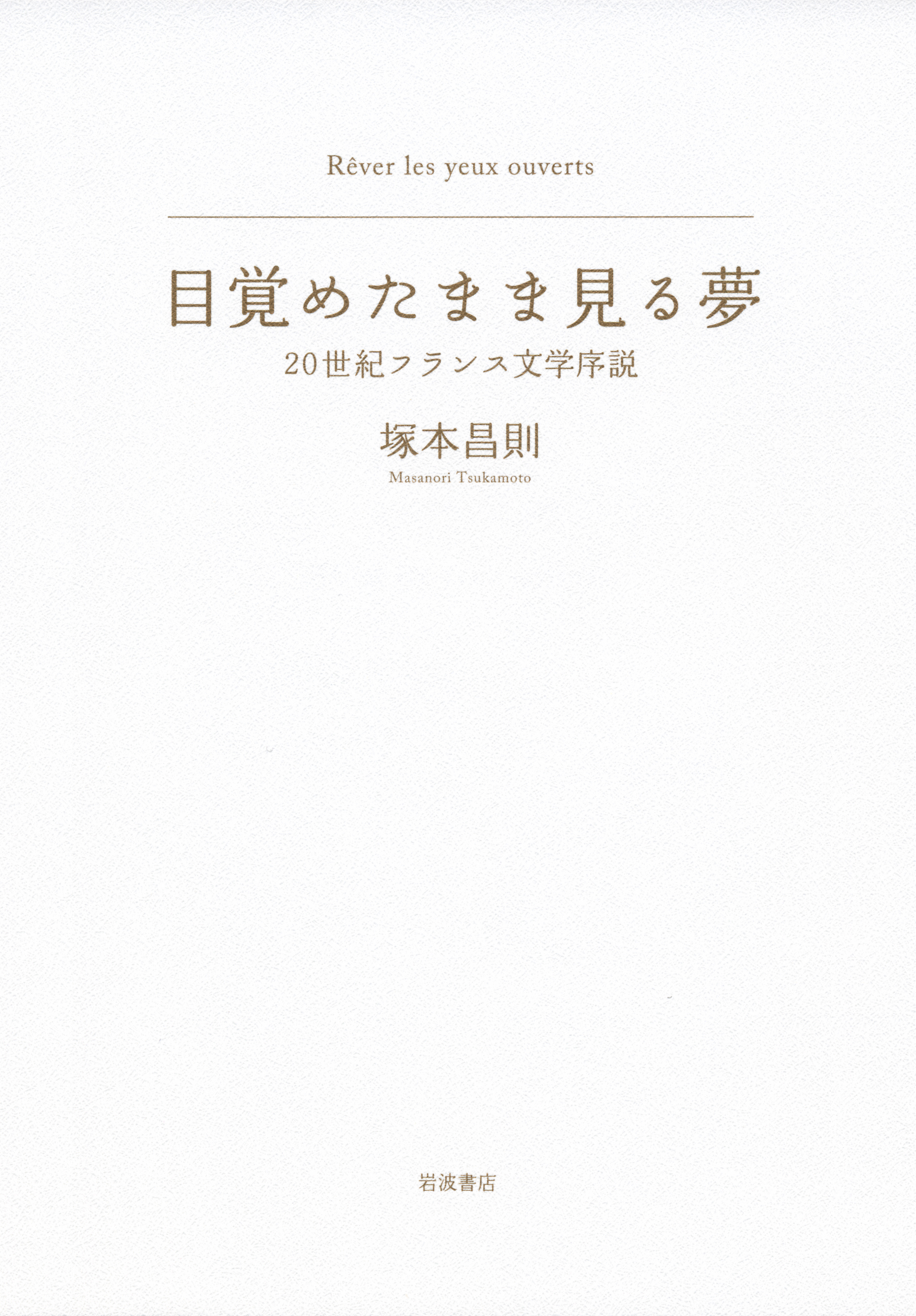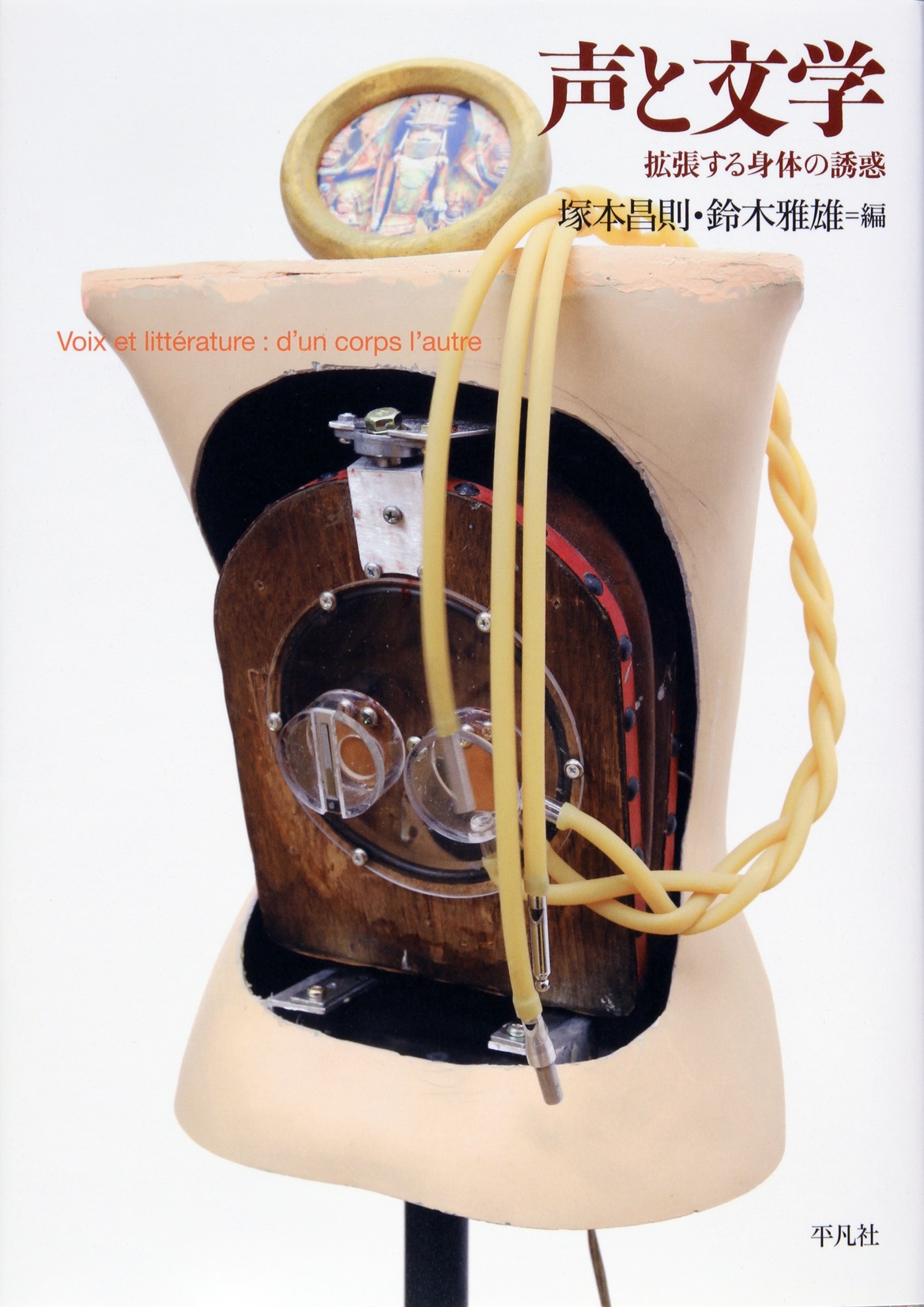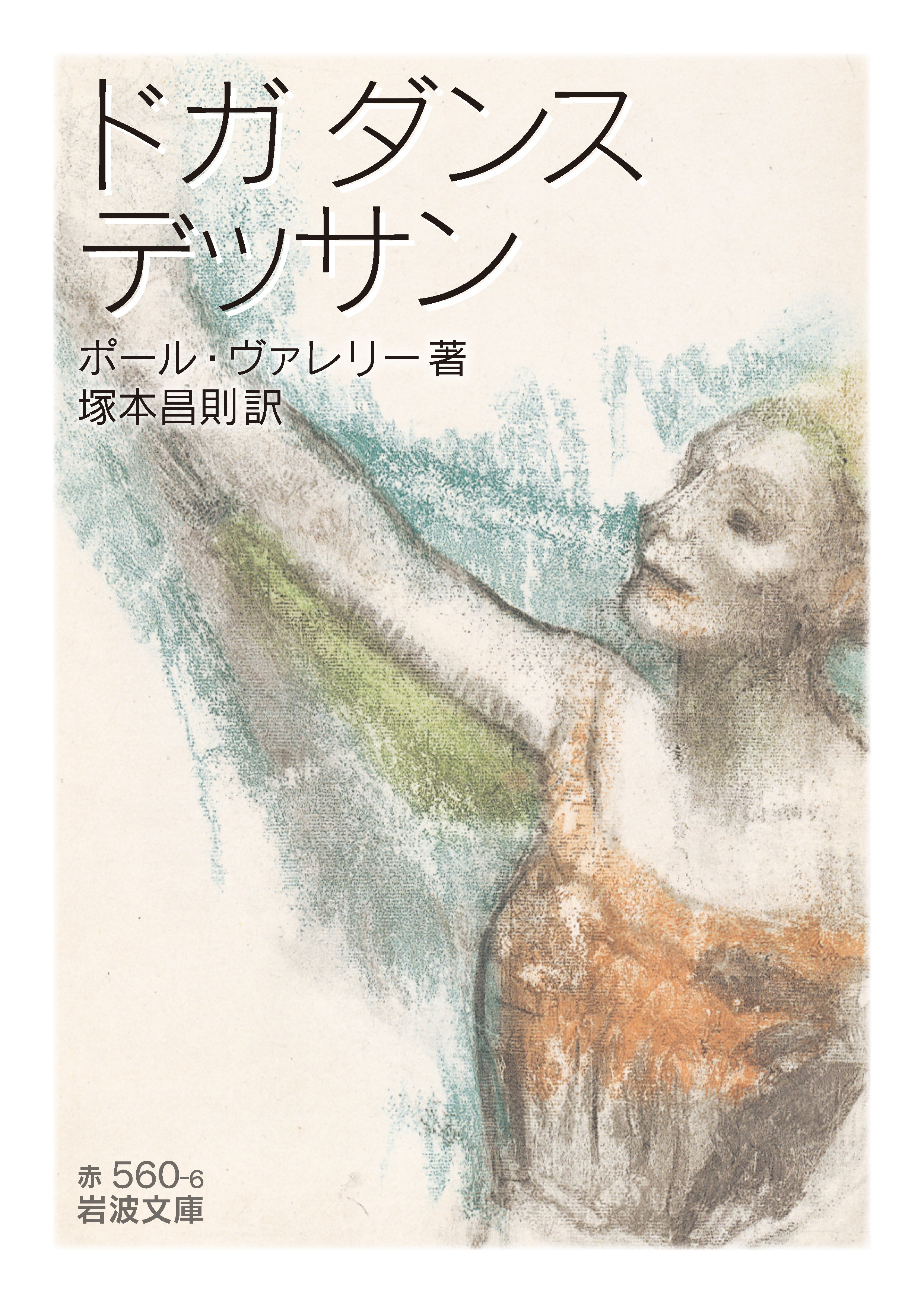
Title
Iwanami Bunko Degas, danse, dessin
Size
318 pages, paperback pocket edition
Language
Japanese
Released
November 12, 2021
ISBN
9784003256060
Published by
Iwanami Shoten.
Book Info
See Book Availability at Library
Japanese Page
This is a book that French poet Paul Valéry freely composed about Edgar Degas’ drawings. Although the age difference between the poet and the painter was that of a father and son, they got along well, and Degas often invited Valéry to his home. Besides Degas’ paintings, Valéry also writes about the painter’s atelier, what he ate, and his lifestyle in his later years. Published in 1937, the original has been beloved for decades in Japan through translations such as those of Ken’ichi Yoshida and Tōru Shimizu.
However, a longstanding riddle remained: for a long time, no one knew which of Degas’ drawings Valéry’s prose was meant to accompany. The first edition, a lavish art book published by Ambroise Vollard, was difficult to come by. After the text was published the following year without the illustrations, the book had been read mainly as an explication of Valéry’s theory of painting. This changed in 2017, when the Musée d’Orsay held an exhibition about this elusive art book. A facsimile of the first edition was published on the occasion of the exhibition, which commemorated the centenary of Degas’ death.
In addition to being an art dealer, the book’s publisher, Vollard, was also a writer avidly involved in bookmaking. With the drawings that he owned reproduced in 25 simple woodblock prints and 26 vivid copperplate engravings, one might even say that the book recreates Degas’ world in 3D. This facsimile of the first edition highlights Vollard’s ingenuity in ordering Degas’ drawings in a unique rhythm that cannot be perceived from reading Valéry’s text alone. Vollard kept in touch with Degas throughout his life and even wrote a memoir entitled “My Dear Friend Degas.” Degas passed away in 1917, and Vollard, the art dealer, erected a stele to commemorate his late friend Degas 20 years later.
Valéry’s writing resonates with a unique rhythm that one can pick up from any of his texts. This is unmistakably the work of Valéry and expounds upon motifs that are important to him, such as horses, photography, dance, drawing, ornamentation, and irregularity. Each of these is overlapped with the traces of Degas, who, according to Valéry, regarded art as a kind of math problem. “Degas saw art as nothing more than a math problem, but of a different kind of math, more subtle than what is usually called ‘mathematics’—a problem that no one could articulate and that few could even imagine existed.” The painter saw paintings not as the product of an artist’s inspiration, but rather as a stream of work, which he, in turn, regarded as a buildup of operations that can be clearly specified. That was also, for Valéry himself, the ideal way of writing poems.
However, this does not mean that Valéry was satisfied writing just his memories of and thoughts about Degas. There is also copious testimony from Degas’ close friend Stéphane Mallarmé, his sole disciple Ernest Rouart, and painter Berthe Morisot. More than just a work that epitomizes Valéry’s later period, Degas, danse, dessin is also an homage by the publisher Vollard to a dear friend, and above all, an open book interwoven with the voices of all those who kept their eye on a stubborn and steadfast painter who did not belong to any school.
(Written by TSUKAMOTO Masanori, Professor, Graduate School of Humanities and Sociology / 2023)



 Find a book
Find a book


 eBook
eBook
